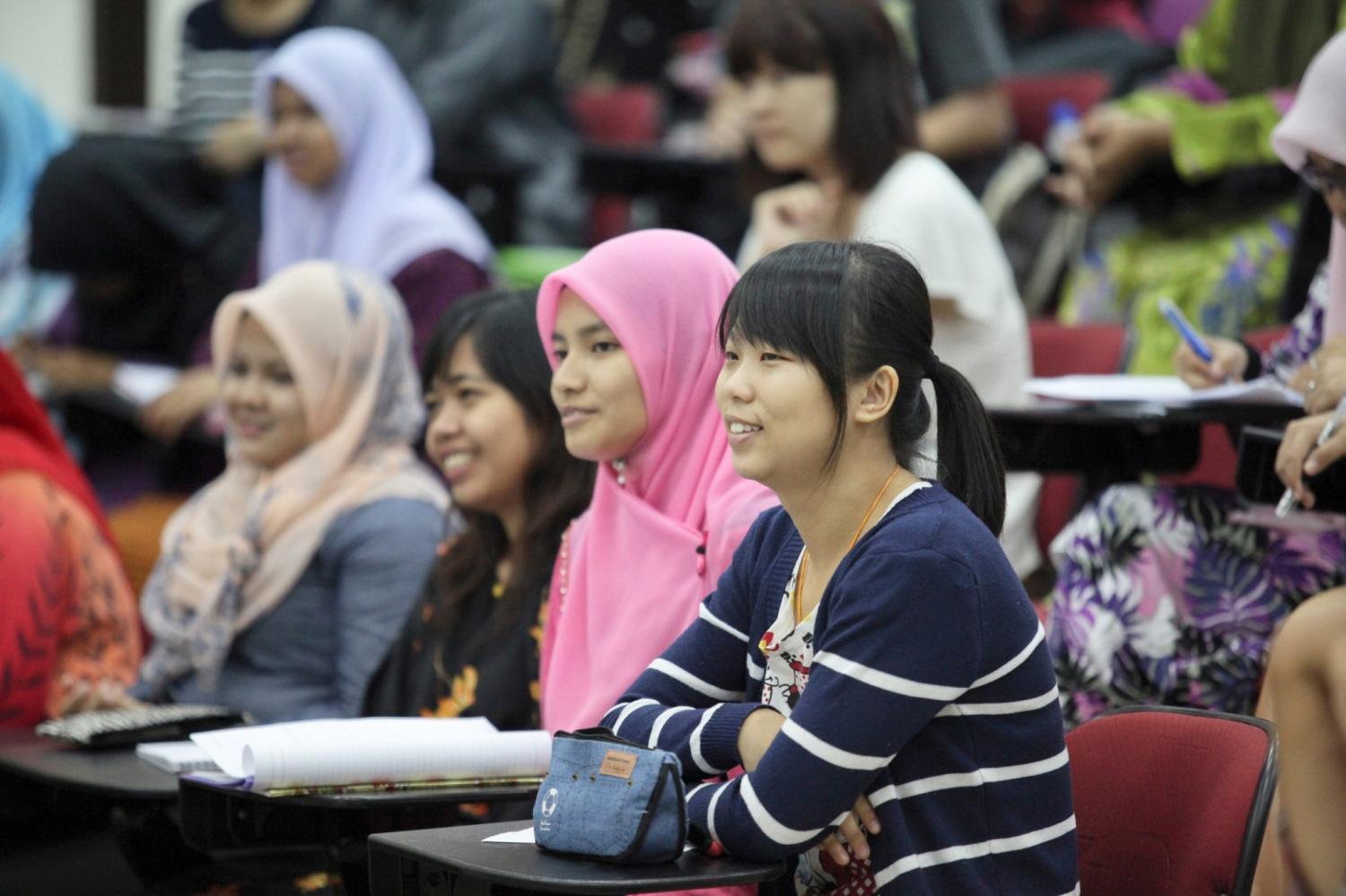Content from the Brookings Institution India Center is now archived. After seven years of an impactful partnership, as of September 11, 2020, Brookings India is now the Centre for Social and Economic Progress, an independent public policy institution based in India.
Immigration reforms as proposed by U.S. President Barack Obama’s administration could hurt long-term employment prospects of thousands of foreign students studying in the United States. Dr. Neil G. Ruiz, senior policy analyst and associate fellow at The Brookings Institution Metropolitan Policy Program spoke at a discussion hosted by Brookings India and the United States India Educational Foundation. Dr. Ruiz focused on his paper titled the Geography of Foreign Students in the United States of America, where he follows the trajectory and distribution of foreign students in the U.S based on a database on foreign student visa approvals, collated from 2001-2012. F-1 visa holders wanting to work beyond the Optional Practical Training (OPT) period will be the worst affected by the proposed reform with only 26,000 foreign students graduating from American universities receiving H1-B visas. The immigration reform caps the number of H1-B visas at 85,000 per year.
The United States is the global hub for higher education, receiving 21 percent of all students studying abroad. An overwhelming 5 million F-1 visas were issued during the research period and grew dramatically from 110,000 in 2001 to 524,000 in 2012. Analyzing a geographic breakdown of where the F-1 visas were issued – between 2008 to 2012 – the sharpest increase occurred with students from Seoul, Beijing, Shanghai, Hyderabad, and Riyadh.
Foreign students disproportionately study STEM (Science, Technology, Engineering & Mathematics) and business fields. Large cities such as San Jose in California, as well as smaller communities such as Beaumont-Port Arthur in Texas figure among those with the highest numbers of foreign students in STEM disciplines. An example of a STEM heavy university is Purdue in Lafayette in Indiana, which has more than 64 percent of its foreign students pursuing engineering. Purdue’s strong industrial engineering programs and cost effectiveness makes it a big draw of Indian and Chinese students.
The University of Las Vegas on the other hand has 70 percent foreign students who study business management and hospitality – both growth areas in emerging markets. Further, under the OPT program there is also a high retention percentage due to constant demand by Las Vegas employers for graduates who are multi-lingual, and able cater to the growing Asian clientele visiting Las Vegas casinos and hotels. Several Las Vegas-headquartered hotels also have a growing presence in Singapore, Macau and parts of China and many foreign students studying at UNLV help fill these demands through their degree and OPT programs.
Based on the premise that a skilled workforce provides the foundation for metropolitan areas to transition to the Next Economy, looking into the financial impact that the influx of foreign students has on metro economies, is imperative. 45 percent of foreign student graduates stay in the United States to take advantage of OPT. The regions they are concentrated in, tend to be large diversified economies such as New York and Los Angeles, or specialized labor markets that align closely with their training, such as Honolulu, Seattle and Las Vegas.
Local leaders in the U.S have understood the importance of leveraging global connections through the foreign students. With knowledge of both markets, they are valuable assets to local business communities, which seek to expand globally and widen their home metropolitan economies. Therefore, there is scope for the students to function as consultants to businesses, and develop their international strategies.
Breaking down the regional distribution of foreign students, the U.S metropolitan cities remain primary destinations. One-hundred-and-eighteen U.S. metros receive 85 percent of foreign students pursuing their bachelor’s degree. Between 2008-2012, the University of Southern California in Los Angeles followed by New York City’s Columbia University, are the two educational institutions with the most foreign students on F-1 visas pursuing a BA or higher degree.
In the context of India, 170,000 students have been sent abroad in the last five years with an expenditure of over five billion dollars on tuition fees and living costs. The majority of these students are pursuing a master’s degree with most in engineering and computer science. The top five schools for overseas students are ITU (International Technological University) in San Jose, California, Stratford University in Virginia, University of Texas, University of Northern Virginia and the University of Southern California. What stands out in the data is the fact that the southern Indian city of Hyderabad accounts for a large share of STEM students going the U.S. Some 20,800 which constitute about 80 percent of the total number of students between 2008 and 2012. The proposed immigration reform is not responsive to the economic needs of countries such as India, which churn out thousands of students every year. The waiting period for visas, OPT and the issuing of green cards, often leads to indentured servitude and unemployment. The current law limits on the number of visas issued to each country, causes employment-based green card backlogs for foreign nationals, often lasting 10 years or more.
The discussion also highlighted a variety of issues ranging from the importance of the STEM program and foreign student’s contribution to the U.S. economy, with emphasis placed on the need for streamlining the visa process.
*Intern Diya Puri contributed to this report
Like all products of the Center, this report is intended to contribute to discussion and stimulate debate on important issues. Brookings India does not hold an institutional view on any subject.


